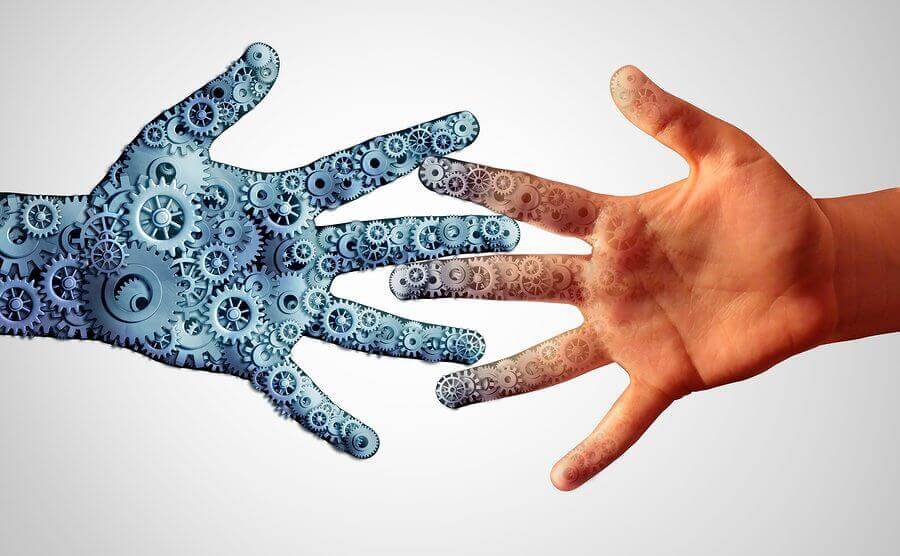With all the talk of Big Data, we are only at the most embryonic stage of establishing the interconnected hotel. In the typical hotel company, department heads still act as information gatekeepers, often intentionally limiting access to proprietary data which some believe, I guess, leads to job security.
NB: This is an article from Origin World Labs
The problem with this behavior is not so much that it cripples optimal decision making, but that it ultimately affects the guest who engages the hotel not as a set of departments, but as a symphony of coordinated or mismanaged experiences.
Many hotel companies that have begun to focus on Total Revenue Management are noticing that this “silo” behavior is a major obstacle to successful implementation of TRM. In my experience, there are four main nodes where the harmonious sharing of data is most critical and this is where managers should invest their resources first when establishing TRM. Here are the top four components of The Unlimited Hotel Data Sharing Plan.
1. The Front Line and Revenue Management
Every transaction created by a guest is collected at a touchpoint. Whether it be a reservation, a purchase or a wake up request, the data is stored somewhere and can be combined into a forensic audit trail of how each guest interacted with hotel services. Revenue Management has increasingly become dependent on this level of transaction to understand the true drivers of profit. Whereas before, a simple on-the-books occupancy report would be the only tool available for demand forecasting and rate setting, today any RM manager should have access to highly granular data that allows demand to be forecasted across deeper dimensions. Front desk, reservations, concierge, and other front line personnel must know that the quality of their inputs directly feeds the function that, today, drives the success of the entire hotel more than any other function. As the department with the most voracious appetite for data, Revenue Management should be the first to have access to all data generated by the front line systems- PMS, POS, and other service apps.
2. Revenue Management and Marketing
RM consumes touchpoint data and then produces decisions that are published in the form of data. Rates, tiers, buckets, discounts, minimum stays, even guest segments are distributed on a daily basis to dozens of external systems. Marketing has also become highly dependent on this data. Increasingly, marketing departments are building promotions, packages, and even publicity around the rate strategy set by RM. Years ago, marketing would feed RM the data that eventually drove rate decisions. Now the polarity of that relationship has switched. RM takes the lead and marketing, ideally, is in lockstep. Therefore, marketing departments need to be connected to the outputs or RM decisions in seamlessly and in real-time.
3. Customer Service and Marketing
Perhaps no two departments bear the burden of the “brand” more than Marketing and Customer Service. While it may true that RM should have the brand in mind while setting rate tactics, that strategic restraint usually goes out the window in times of high competition. That said, the goal of marketing is to sell the experience before the experience actually happens. This often leads to the creation of packages, promotions, and giveaways that are operationally impractical. Marketing must have insight into how their products affect customer service and the guest experience. There needs to be a data driven feedback loop where requests, complaints, bottlenecks, and even folio adjustments are tied to specific marketing initiatives. More often than not, customer service cherry picks the guest accolades to feed to marketing. While this might win customer service some points, it is actually a disservice to the company as a whole. Marketing must know what does not work and does not drive profits. It is therefore critical for marketing to be supplied a steady stream of customer service data – whether it be the good, the bad, or the ugly.
4. The Front Line, Customer Service and Everyone else
Ultimately, it is the customer experience that counts the most. If that’s true, then everyone in the hotel should have access to the customer’s voice. Those that engage the customer on a constant basis are the ears for that voice and it should be their responsibility to capture as much of that voice as possible in a digital format. Now, before you start distributing voice recorders keep in mind that we have a hard enough time sifting through text data to try to dig into sound. What should be of utmost importance at any property is for the front line to log as much information about a guest as possible. Whether it may be relevant for today’s business or not is not important. The richer the story we can build about any guest the more useful it will be for every department to share. Birthdays and anniversaries are important but we need to begin to understand why a makes certain guests happy because you can be sure that there are other with the same likes – just ask Facebook. The front line staff and customer service must focus not only on serving the guest, but also documenting their interactions as richly as possible. This information, when distributed, throughout the hotel, can have a bigger impact on every department than years of service training.





